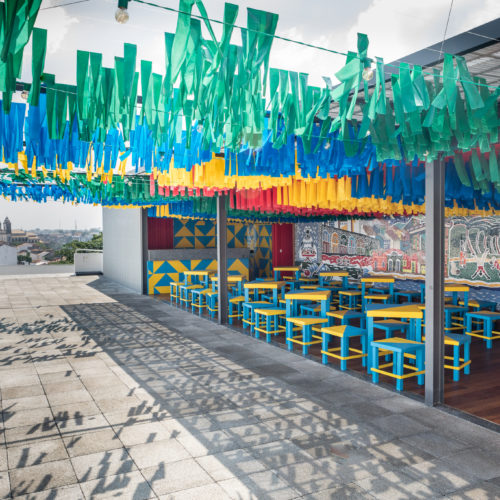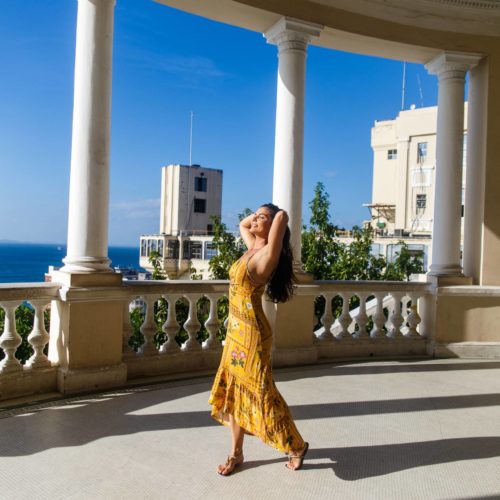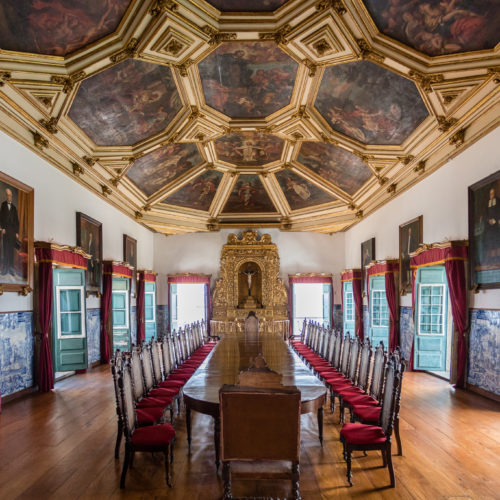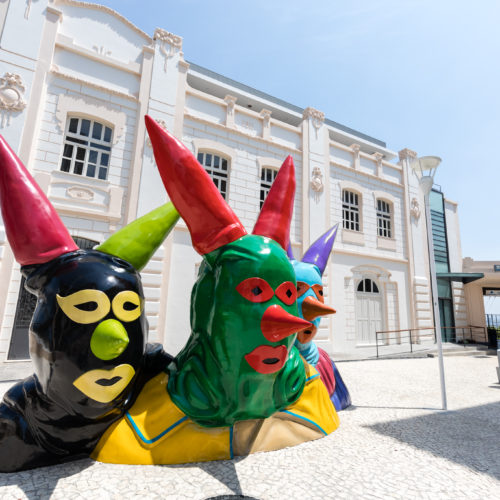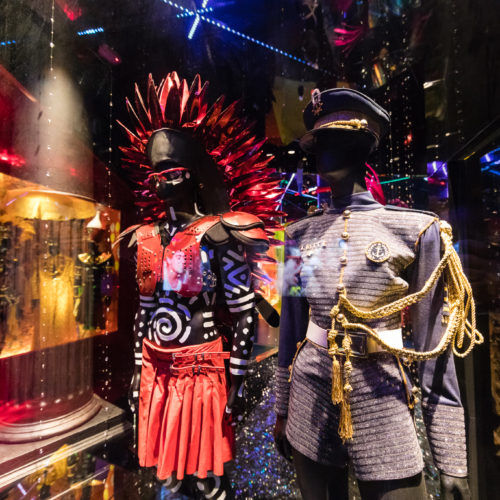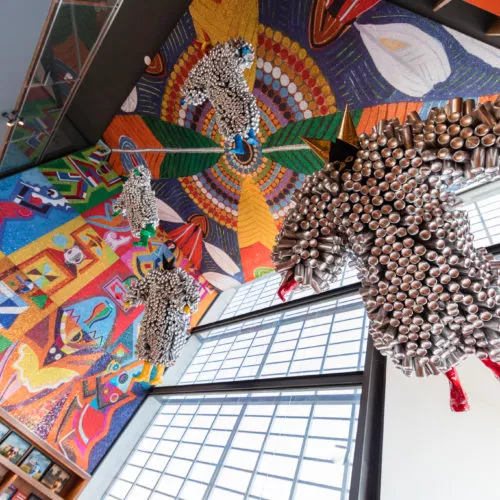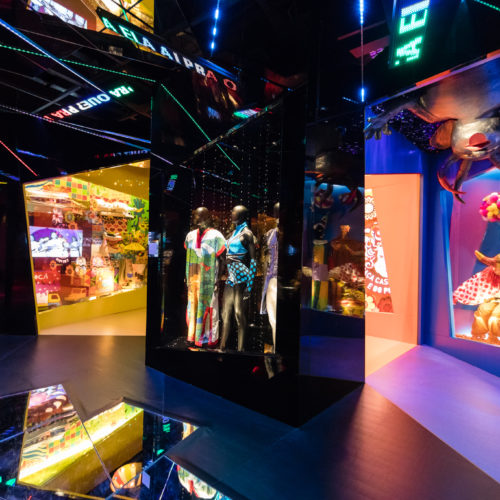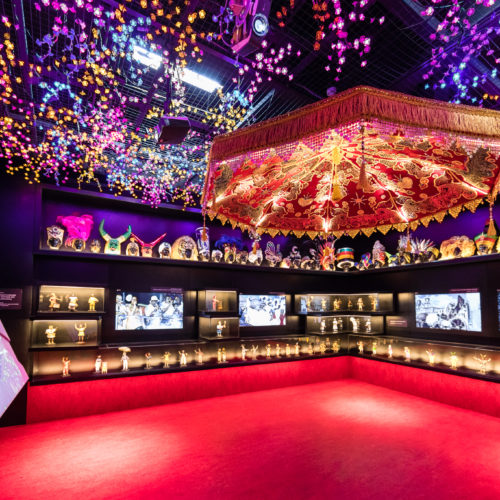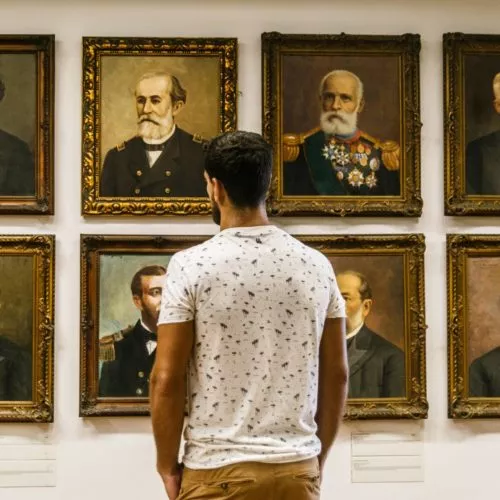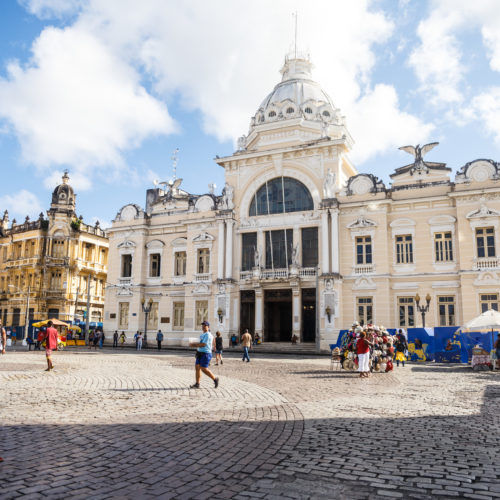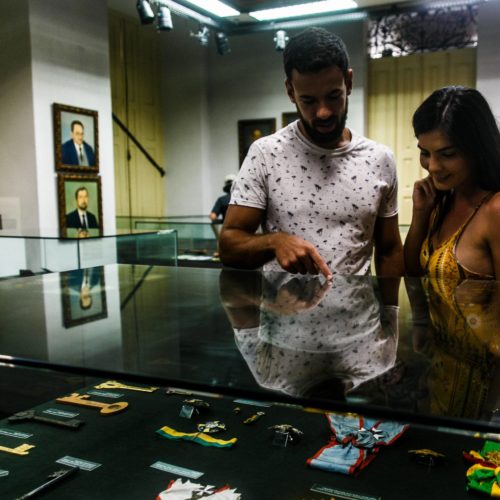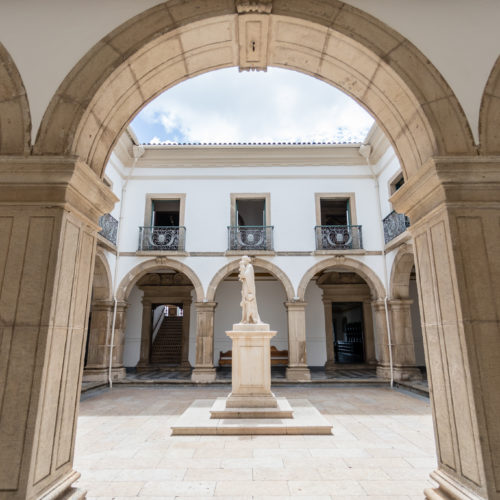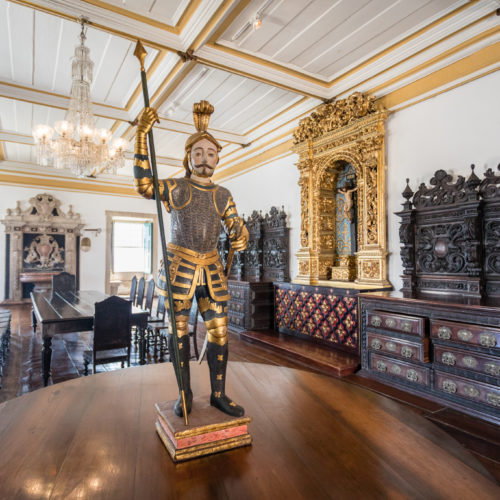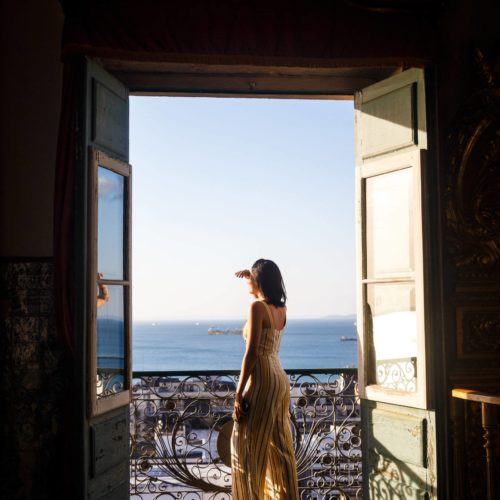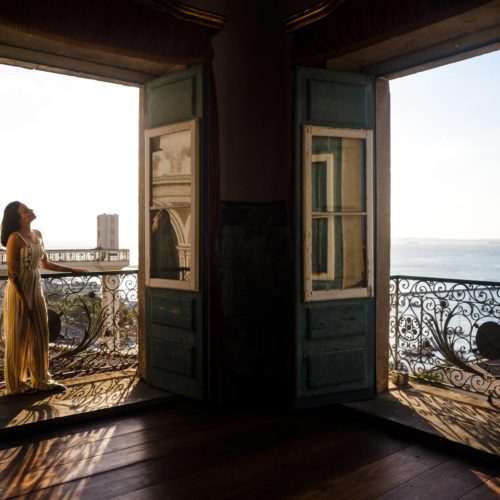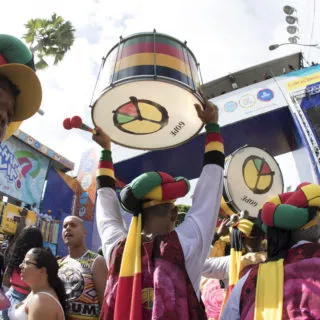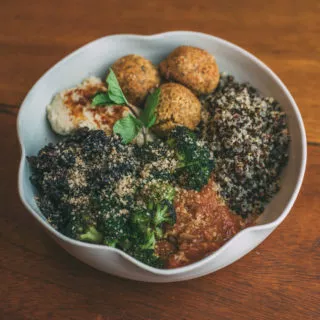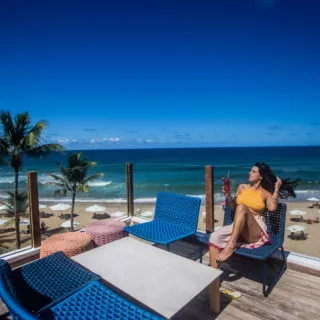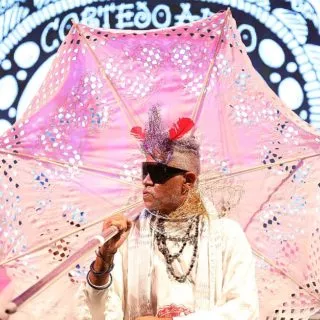
You can’t miss it!
Each visit is a dive into the history of the city
Cultural tours are experiences that transform. Knowing museums, theaters, galleries, among other spaces, provides a living immersion of knowledge into these places.
We gathered here must-see museums in Salvador, where you will have contact with works of art, books, sculptures and many other works that encourages creativity. You’ve got to go!
Rio Branco Palace (Palácio Rio Branco)
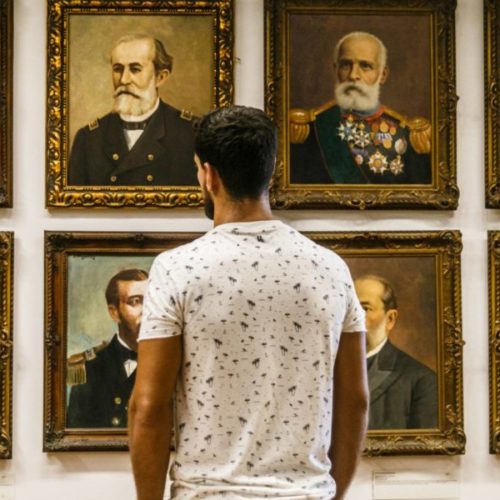
Guys, it’s open to the public, okay? There’s a museum and a sensational view!
When leaving the Lacerda Elevator, in the Historic Center of Salvador, it is inevitable that your eyes will meet the imposing building located on your right. The Rio Branco Palace is one of the most important symbols of our city, that holds an important portrait of Brazil.
The place is full of history and curiosities. In 1912, for example, its first building, much simpler than the current one, was hit by a bomb, fell into ruins and was reopened in 1919, when it received its current name in honor of the Baron of Rio Branco. The place once served as a military barrack and as a prison.
What many people do not know is that the space, in addition to being open to visitors on the first floor, has one of the most special views of the city. If you are tired of taking that classic photo at the Lacerda Elevator, in the palace you will have a side view of the monument, in addition to having a perfect view of All Saints Bay, São Marcelo Fort and the Lower City. The shot is guaranteed! Find out more at this link.
Misericórdia Museum (Museu da Misericórdia)
Often seen here in our Visit Salvador da Bahia feed. Unmissable!
The imposing 17th century mansion located between the Municipal Square and the Fallen Cross Square, in the Historic Center, holds an expressive part of the History of Bahia and Brazil. In each of the corridors and rooms of the Misericórdia Museum, there is something that recounts health, political and social events in the city of Salvador.
Among the pieces of the vast collection, there’s the chair made exclusively for the visit of D. Pedro II, in 1859, and the desk of Ruy Barbosa, who was an employee at Santa Casa da Bahia. Highlights to the Portuguese tile panels, portraying the Procession of Fogaréu and the Procession of Bones; the Pharmacy, the 1867 cabinet, exclusively built to store bottles of pharmaceutical substances from the Hospital da Caridade; and the first gasoline-powered car in Bahia – the oldest on display in Brazil.
The state of conservation of the space, the beauty of the pieces and the quality of the guided tours are incredible. The monitors are great, and the stories they tell make each room have a life of its own! Find out more at this link.
Carnival House (Casa do Carnaval)
At Carnival House, there’s a terrace with a breathtaking view!
There, it’s Carnival all year! With care and the use of technology and interactivity, Carnival House, tells the story of revelry in a visual and sensorial journey, with several thematic cuts of the event that is at the heart of popular culture, social transformations and the formation of Bahian identity.
This museum of revelry has models, clothes and instruments borrowed by artists from the event, photos, historical documents and two cinemas where visitors will be able to learn characterized rhythms of carnival with the help of monitors.
Carnival House has four floors: the ground floor, the first floor, the terrace and the basement. Save a good time of the tour to stay on the terrace. From there, you have an inspiring view of All Saints Bay and the Historic Center, it’s perfect for beautiful photos. Learn more at this link.
Important precautions
With the covid-19 pandemic, the capital of Bahia has been adapting to this new normal. During the tours, visitors should pay attention to the use of the mask, 70º alcohol gel and social distancing. Call ahead for visiting and find out about the security protocols to avoid contamination.
This is the Plan for Resumption of Activities in Salvador. Learn about all the working protocols in this link.

